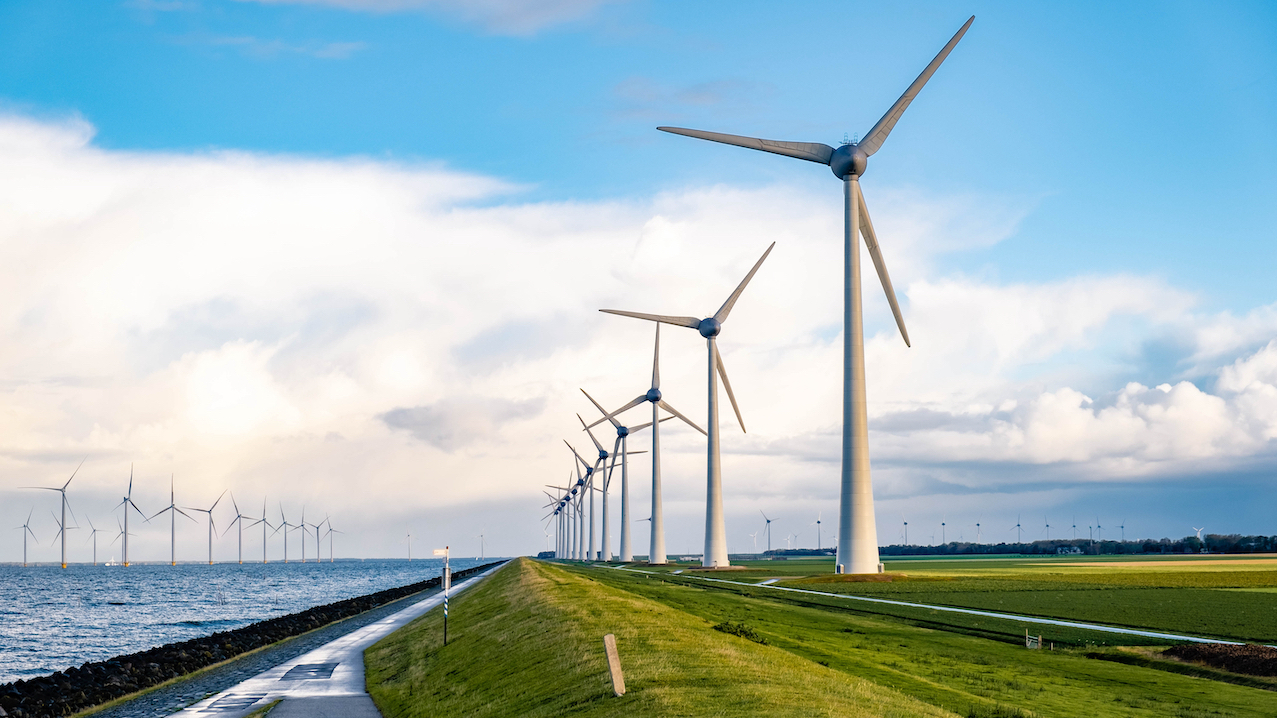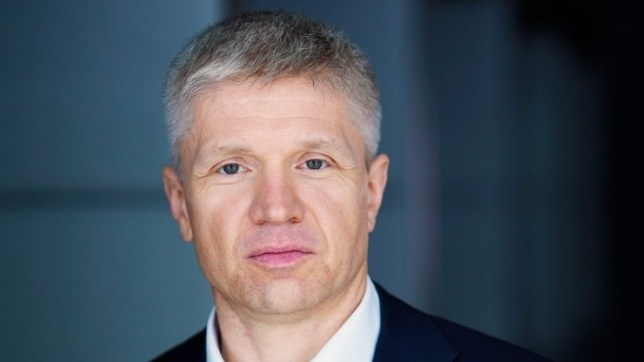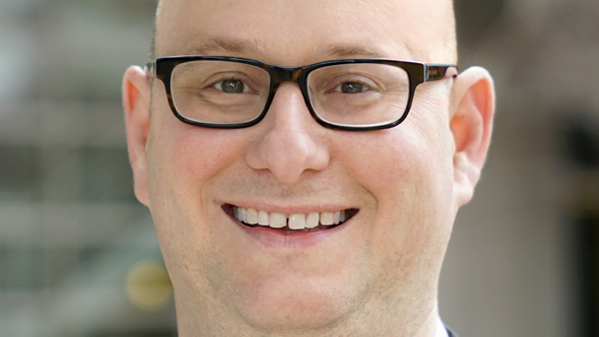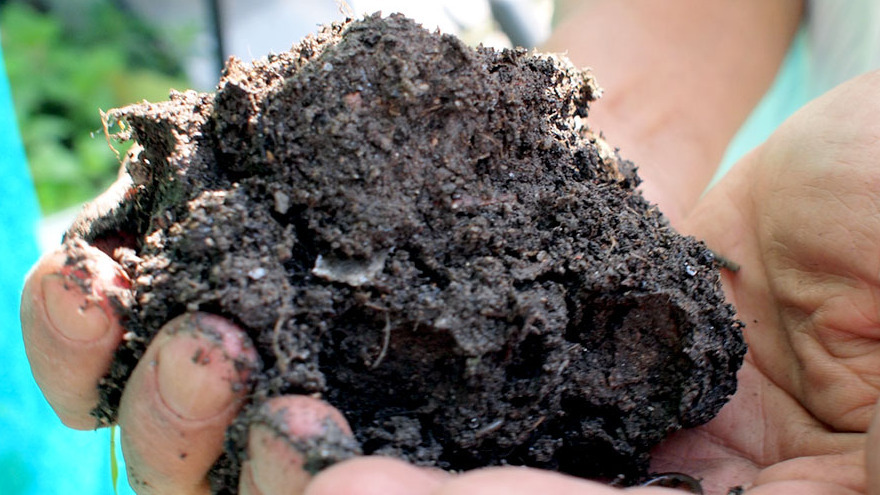
Why the biochar investment space is in urgent need of fresh capital
Peter Kraneveld argues investors' eyes should firmly be on biochar, also known as 'biomass charcoal', in the net zero push to reduce carbon dioxide output
Net Zero Investor columnist Peter Kraneveld writes today that biochar may not save the world, but a case study shows that it is a useful and promising tool for acting against climate change and in urgent need of fresh capital.
Biochar. Just in case the product is not familiar to you, it’s much like charcoal – hence the second part of the name – but the purpose of biochar is to create a carbon sink and therefore it cannot be burnt, which is the purpose of charcoal and that changes everything.
Biochar is not produced by burning, turning it into a CO2 sink. That’s right, it locks up CO2 and keeps it locked up for centuries.
Enthusiastic scientists have calculated that sustainably obtained biochar can soak up 12% of global greenhouse gasses, like carbon dioxide, methane and nitrates, the equivalent of 1.8 gigatons.
The market for the product stood at €1.3 billion in 2018 and the expectation for 2025 is €3.75 billion. Before you start relaxing, thinking you have one worry less, what is scientifically possible is not always practical.
Mattias Gustafsson would like to enlarge the practical application of biochar and it looks like he is succeeding. He co-founded a consultancy, EcoTopic, in 2012, soon project managing and supporting new biochar producers making biochar available for a number of different applications.
Soil supplement
That’s right. Biochar can be used as a soil supplement, filter material and as a component in building material. As a soil supplement, it will have a number of beneficial effects, from keeping water and nutrients in the soil and favor soil microorganisms.
There are already biochar machines for different scales available, from hobby-gardeners to medium sized industries. You can even turn your own coffee ground into biochar.
EcoTopic had a spectacular early success.
In collaboration with the city of Stockholm, municipal waste company Stockholm Vatten och Avfall and energy company Stockholm Exergi it realised an innovative idea. The city’s garden and park waste were turned into biochar and heat. The heat was re-cycled to the district heating network and the biochar was used to improve measurably the health and survival rate of urban trees in Stockholm.
There is a danger of biochar becoming so valuable that land is diverted from food production to biomass production, a lesson learned during the Maize ethanol crisis.
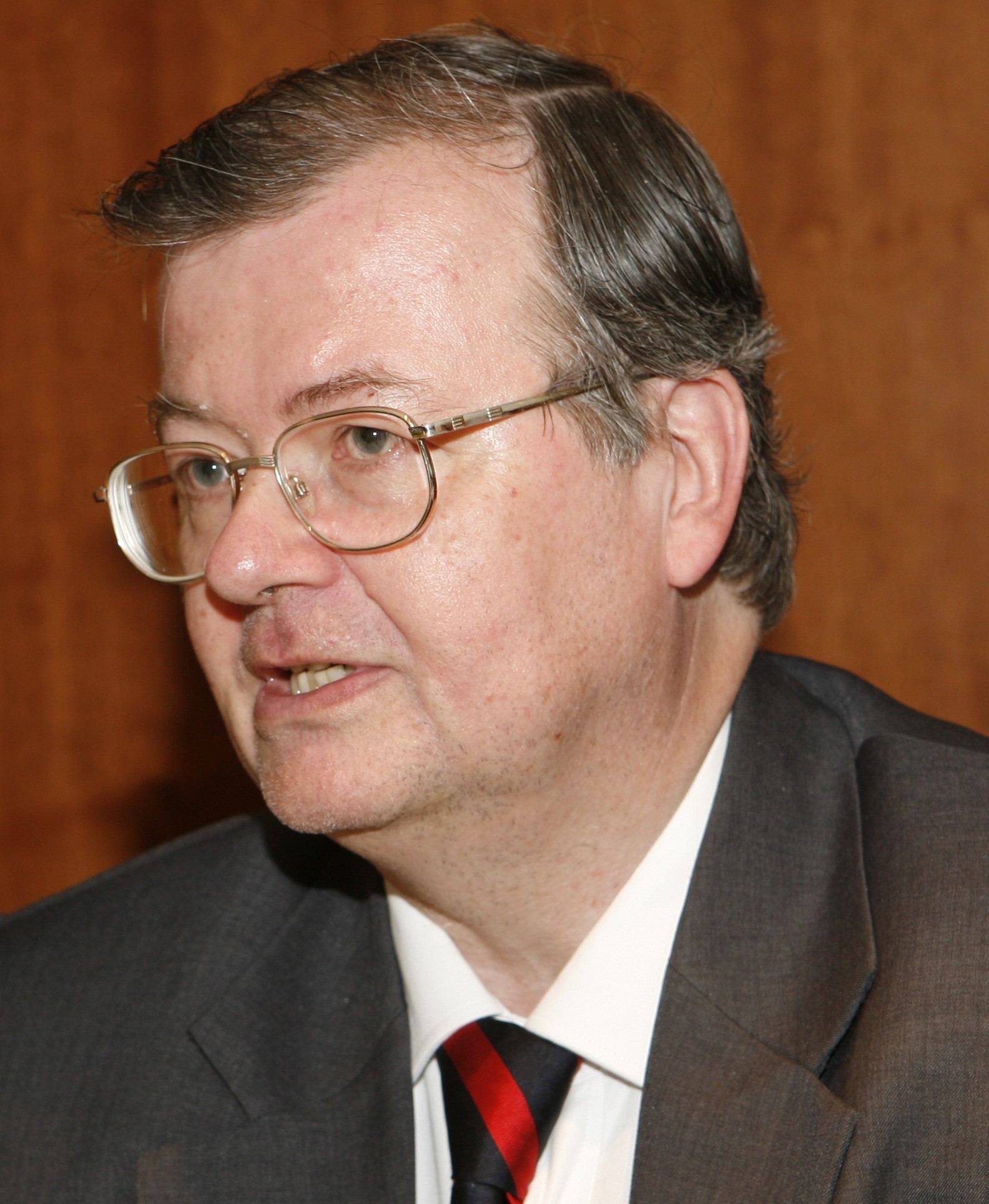
Farmers also appreciate biochar as a cattle feed supplement. Agricultural applications do require an amount of precision and knowing what you are doing. varieties of the product, depending on the character of the biomass and the details of the production method.
In addition, there is a danger of biochar becoming so valuable that land is diverted from food production to biomass production, a lesson learned during the Maize ethanol crisis. Governments will act to avoid this and it is uncertain what kind of rules biochar may face if it is too successful.
For the moment, Gustafsson’s case rests on compliance with the voluntarily certification European Biochar Certificate (EBC) biochar certification rules, that demand a sustainably obtained product.
Meanwhile, Gustafsson has moved beyond agricultural and do-it-yourself with Biokolprodukter (Biochar products), a company that markets and distributes biochar and derived products. The company is an answer to complaints that the production cost of biochar is almost as high as its revenues, making it commercially feasible only as a by-product.
Biokolprodukter mixes biochar into concrete, to make charcrete. Concrete is the worlds most used material and quite polluting. Charcrete has all the characteristics of concrete, but it also acts as a carbon sink and potentially decreases the use of lime.
Obviously, this is a growth market, helping construction companies to become less of a negative or even a positive force in the longer run in the fight against climate change. It is technically possible for governments to require the use of an amount of charcrete, wherever it is politically feasible. With more scale, the technology is expected to be increasingly cheap.
By next summer, Biokolprodukter will be ready to go to financial markets. Plans for raising financing are still in an early stage, but they focus on financing by project, which would presumably imply financing by credits.
Peter Kraneveld is international pensions expert. He deals specifically with private pension policy affairs relating to the European Union, but also in the OECD and the World Bank.
Previously, Peter served as public affairs officer and, before that, chief economist of PGGM, considering long term and short term macro-economic expectations and their consequences for financial markets.
Peter spent 15 years at the OECD in Paris, dealing primarily with the "Arrangement on Guidelines for Officially Supported Export Credits", an international gentleman's agreement on trade financing, but he also facilitated membership of some new countries.
Before that, he was in the Dutch Ministry of Economic Affairs where he was Japan desk officer and - at another stage - dealing with some specialized international organisations.

